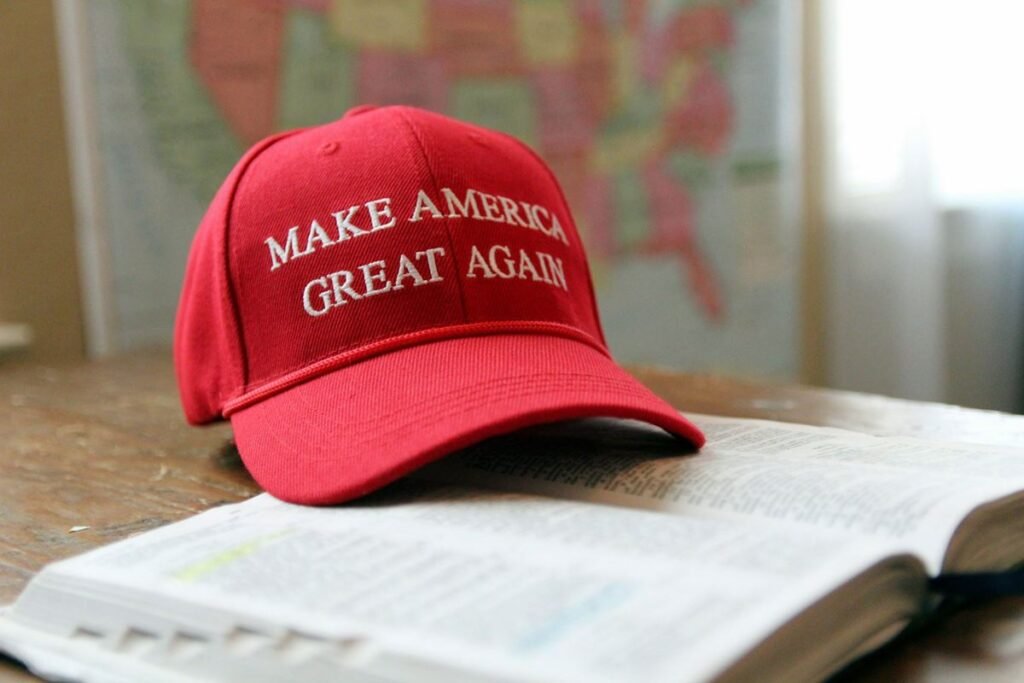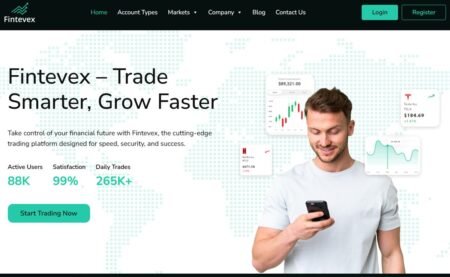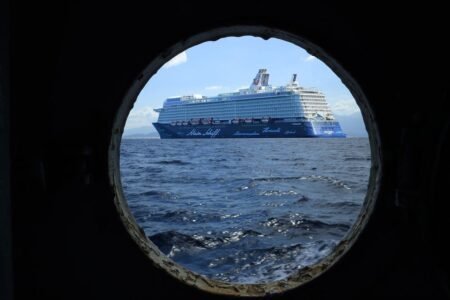The Trump administration’s 2025 tariff policy marks a decisive turn in the global economic order, shaking the foundations of cross-border commerce and investment. With sweeping tariffs – 25% on key imports from major partners and a staggering 145% on Chinese goods – the United States has set a chain reaction reverberating through financial markets and boardrooms worldwide. For investors, especially those in Europe, the new reality is heightened risk, uncertainty, and the urgent need for strategic adaptation.

Economic Contagion and Market Repercussions
The immediate aftermath of the tariff announcement was dramatic. Global equity markets plummeted, with U.S. stocks shedding $5.4 trillion in value over two days. Traditionally a safe haven, bond yields fell to historic lows in times of turmoil as investors sought shelter from volatility. The International Monetary Fund responded by cutting its 2025 global growth forecast by half a percentage point, citing the risk of a prolonged trade-driven slowdown.
Europe, deeply integrated with U.S. and Chinese supply chains, is particularly exposed. The European Union’s GDP growth projection has been trimmed by 0.3 percentage points, reflecting the vulnerability of export-heavy sectors such as automotive, steel, and luxury goods. Iconic brands like LVMH have already reported demand erosion in the U.S. market, while automakers face the prospect of 20-25% cost increases due to new tariffs and retaliatory measures. The pain is not limited to large corporations; small and medium-sized enterprises, which lack the pricing power to absorb higher costs, are at risk of margin compression and reduced competitiveness.
Currency markets have added another layer of complexity. The euro’s volatility against the dollar has made export planning more challenging, while Goldman Sachs forecasts a 10% depreciation of the dollar against the euro over the next year as U.S. corporate margins weaken and investor sentiment shifts. As Julien Lefebre from MDC Strategy, a leading geopolitical consultancy, observes: “The dollar’s ‘exceptionalism’ is cracking under tariff-induced stagflation risks. Investors must now price in structural, not cyclical, trade volatility.”
European Resilience and Strategic Pivots
Amid this turbulence, European investors are recalibrating their strategies. The immediate focus is on mitigating earnings pressure from exposed sectors, but there is also a growing recognition of long-term opportunities. The push toward reshoring and supply chain diversification creates new demand for local industrials, logistics and technology providers. Defence spending, already on the rise due to geopolitical tensions, is receiving an additional boost as governments seek to reduce reliance on foreign suppliers.
Corporate earnings calls reflect a new tone of caution. Companies like ASML and Maersk have cited tariff-driven demand uncertainty as a key risk, while shipping and logistics stocks have experienced wild swings in response to policy announcements. Automotive suppliers, facing existential cost pressures, are accelerating plans to nearshore production and source components from within the EU. This trend is already benefiting small-cap industrials and infrastructure firms, with investors rotating capital into these segments as a hedge against global supply chain shocks.
Portfolio reallocations are also underway. According to recent surveys, 73% of global investors have reduced their exposure to U.S. equities, the highest level since 2001. Instead, capital is flowing into emerging markets, gold and European sectors seen as insulated from transatlantic trade fissures.
Risk Mitigation in a Deglobalising World
The new tariff regime demands a more sophisticated approach to risk management. While still important, traditional diversification is no longer sufficient in a world where geopolitical shocks can disrupt entire sectors overnight. Leading asset managers are now emphasising scenario-based supply chain mapping, identifying single points of failure and conducting stress tests on suppliers’ financial health. Dynamic pricing models are being adopted to help companies absorb 10–25% tariff-driven cost spikes without eroding margins.
Geopolitical hedging is also on the rise. Investors are rotating into EU defence contractors and renewable energy firms, sectors that are less exposed to U.S. trade policy shifts and more aligned with Europe’s strategic priorities. Currency diversification is another key tactic, with increased allocations to Swiss francs and Japanese yen to offset euro volatility. Defensive allocations—such as low-volatility equities and infrastructure debt—now make up 30–40% of institutional portfolios, compared to just 15% last year. Liquidity buffers have been raised to 8–10% of assets under management, providing the flexibility to capitalise on market dislocations as they arise.
The Path Forward: Agility in Uncertainty
While the 90-day tariff pause announced in late April has provided some breathing room, the underlying trend toward deglobalisation shows no sign of reversing. Trade negotiations remain fluid, and the risk of further escalation is ever-present. In this environment, European investors must embrace agility and innovation. BlackRock and Invesco, among other leading asset managers, advocate for active management and granular sector bets, emphasising that the impact of tariffs will vary widely across industries and geographies.
The imperative is clear: institutionalise flexibility, build resilient supply chains and prioritise sectors aligned with Europe’s evolving strategic autonomy. As Lefebre concludes, “The new trade reality demands a paradigm shift—from reactive risk mitigation to proactive scenario planning. Those institutionalising flexibility and diversification frameworks today will be best positioned to turn tariff turbulence into a strategic advantage.”
The U.S. tariff policy has ushered in a new era of risk and opportunity. For global investors, especially in Europe, the challenge is not merely to weather the storm but to harness its energy – transforming uncertainty into a catalyst for long-term resilience and growth.







